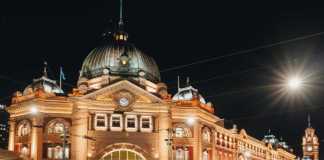The sea shimmers over a rainbow-coloured reef; tufts of cotton-candy clouds drift across the bright blue sky. Plunging cliffs and soaring Norfolk pines hug the rugged coastline. 1600km of ocean separates Australia from Norfolk Island and although it is not that far in physical distance, a Norfolk Island holiday is a universe away from life in Australia. Things to do in Norfolk Island usually involve soaking up the island’s stunning history, enjoying nature and discovering the island’s fascinating history.
Norfolk Island is a microcosm of planet earth, a land where oceans are full of fish and crops grow naturally and bountifully in fertile volcanic soils.
Contents
Where is Norfolk Island?
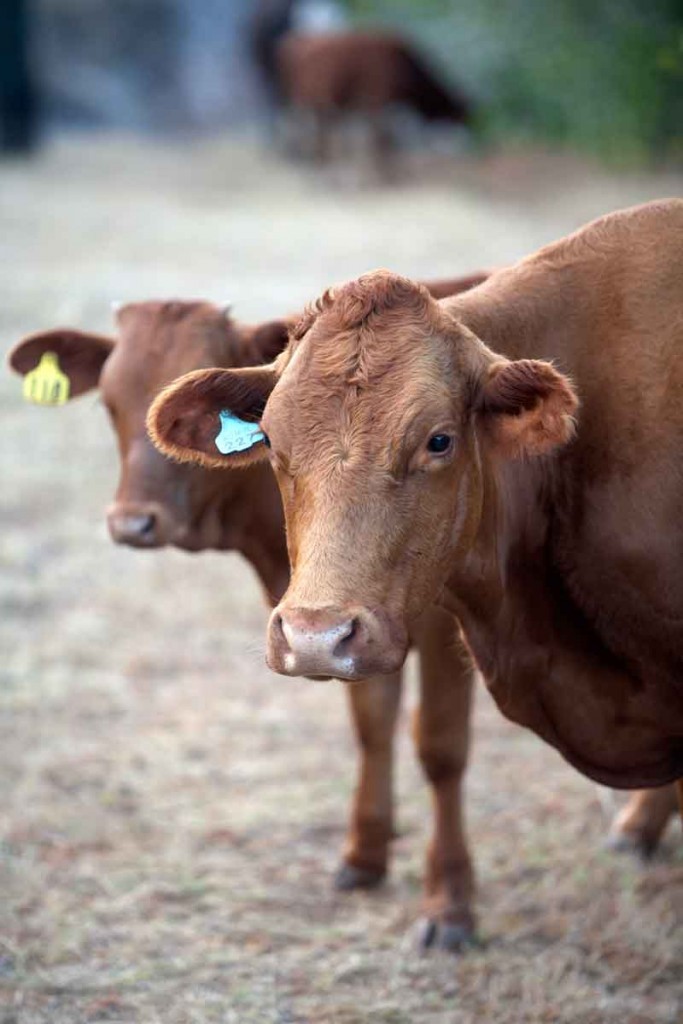
Norfolk Island is surrounded by the Pacific Ocean and as an external territory of Australia, travel between Norfolk Island and mainland Australia is considered a domestic trip.
Australian Commonwealth laws extend to Norfolk Island.
Taxation and social security benefits along with immigration, customs and health care are the same as mainland Australia.
On 1 July 2016, the final steps to make Norfolk Island part of Australia occurred.
Norfolk Island history
Most of the islanders are descendants of the mutinous crew of The Bounty, who seized the British ship in 1789.
Led by Fletcher Christian, they set the ship’s captain, William Bligh, adrift in a longboat in the Pacific Ocean near Tonga.
Later, Christian, eight of his men and a group of Tahitian men and women headed off to find a safe island in the South Pacific.
They settled on the uninhabited Pitcairn Island in 1790.
In 1825, the British granted the descendants of the original crew amnesty and in 1829, the islanders were removed to Norfolk Island.
Norfolk Island language
At Norfolk Island airport, the beginning of my Norfolk Island holiday, a sign in the local lingo catches my eye.
It says ‘welkum tu norf’k ailen’.
Welcome to Norfolk Island, where the Norf’k lingo is the lingua franca of one-third of the island’s 1800 residents.
Hearing the blend of 18th-century seafaring English and Tahitian spoken around me, I feel like I can almost grasp what people are trying to say but a comprehension of the full meaning of their words eludes me.
More than 30 percent of the islanders are descendants of the HMS Bounty mutineers who fled to Pitcairn Island.
Living on Norfolk Island
The Islanders have a unique way of life which they cherish.
My Norfolk Island holiday is filled with clear starry skies, local farms and country lanes.
There are no traffic lights, tall buildings or traffic jams and no seatbelt laws the speed limit is 50 km/h.
You’re more likely to encounter a traffic jam of cows crossing the road on your Norfolk Island holiday.
Norfolk Island is a place with no neon lights or fast-food outlets.
Life on Norfolk Island is green and clean. Farming and fishing are popular occupations. The sea is a bounty of nature’s blessings.
A few hours of fishing on a Norfolk Island holiday can yield a bounty of sweet lip or yellowfin tuna.
What’s more, people who live on Norfolk care deeply for the environment and practice sustainable living.
Almost everyone on Norfolk Island grows fruit and vegetables, bartering what they don’t consume with friends and neighbours.
The island’s water supply comes from the sky, collected through rainwater.
Each home has at least one 10,000 gallon tank and water is also drawn from the ground from bores.
Norfolk Island is sustainable by default and nothing is wasted. For example, sweet potato vines are trimmed and fed to the pigs.
Pig manure is used to fertilise fruit trees and excess fruit is used in recipes for local cakes.
Things to do on Norfolk Island
Norfolk Island may be far away but there are lots of things for active travellers to do, such as walking and mountain biking in the national park. You can go horse riding, snorkelling and diving. The sea kayaking is spectacular and the fishing is fantastic. Here are some things to do on Norfolk Island to tick off your list.
1- Visit the Norfolk Island Cemetary
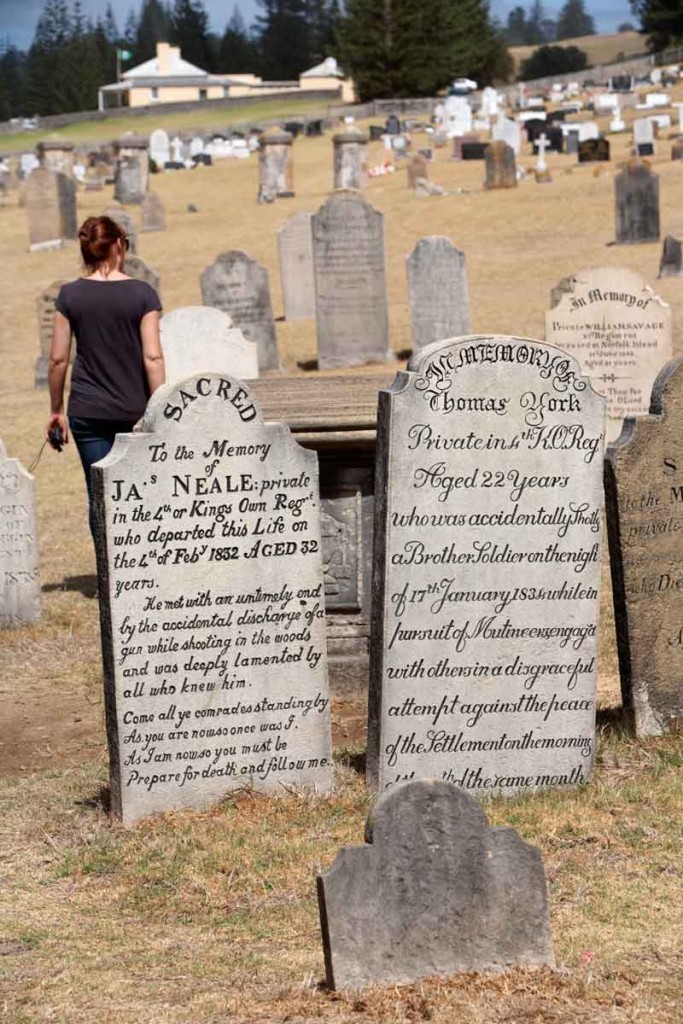
An excellent way to discover the secrets of Norfolk Island is to join a cemetery tour and hear the local folklore around the people buried in the cemetery.
2- Explore Kingston and Arthur’s Vale
Norfolk Island was settled four times and was populated with convicts twice. There was a Polynesian settlement before 1788, followed by the colonial and penal settlements. The Pitcairn Islanders were the last to populate Norfolk Island.
The Kingston and Arthur’s Vale Historic Area (KAVHA) is part of 11 sites that make up the UNESCO World Heritage-listed Australian Convict Settlements.
It’s free to wander around the World Heritage area and the ruins are lit up at night.
Some buildings have museums, which costs $35 (free for school children) for unlimited entry to all the museums.
3- Play Golf at the World Heritage Site
Located on the island’s southeastern coast, the Norfolk Island Golf Club is the only golf course in the world that’s within a World Heritage area.
4- Watch a ship unload at Kingston Wharf
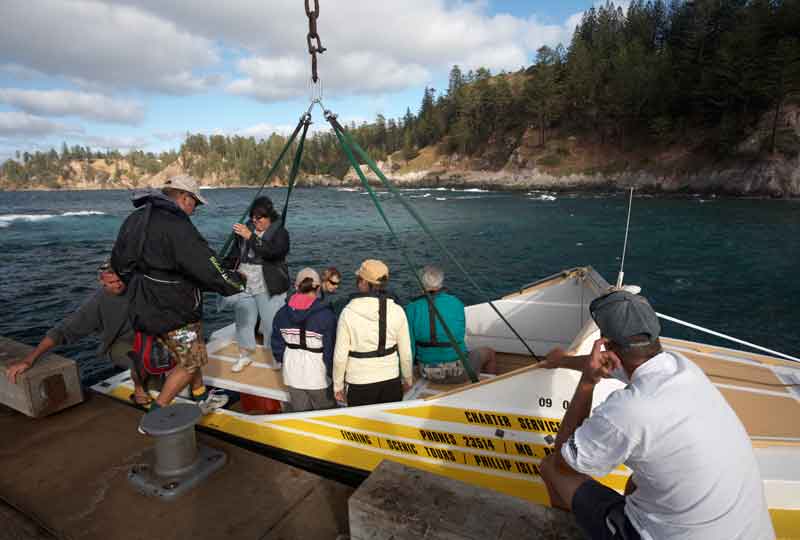
Make a point of finding out if there’s a ship due in as watching the ship unload at Kingston Wharf is quite a spectacle.
As there are no deepwater ports or marinas anywhere on Norfolk Island, cargo is unloaded in the same way it was done since the island was first settled.
These days, cargo ships still have to anchor quite a distance from shore and animals, vehicles and pallets of cargo are transported to land in lighters (old whaling boats) towed by launches.
5- Visit a farm
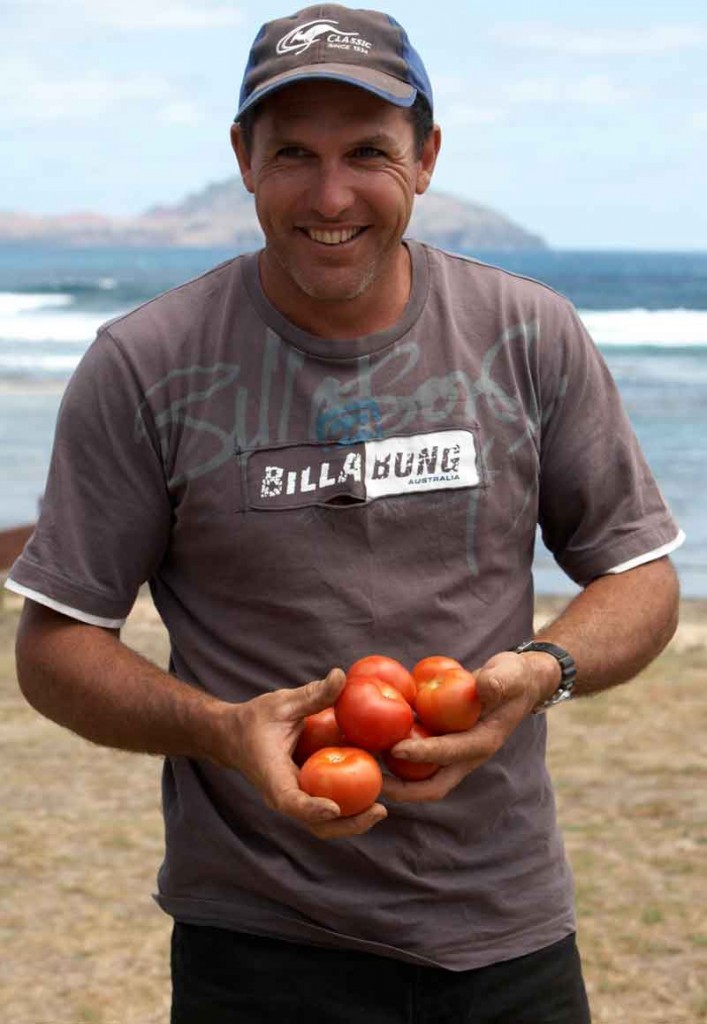
In the tradition of their forefathers, the Bounty mutineers, Norfolk Island’s farmers grow fresh organic fruit and vegetables using sustainable agricultural techniques free from steroids, pesticides or herbicides.
Crops are planted in rich volcanic soils, irrigated with harvested stormwater and fertilised with mulch.
The end result is a bounty of seasonal fruit and vegetables that are fresh, firm and flavoursome.
Visit a farm to feast on plump tomatoes straight off the vine, ripe passionfruit oozing with flavour or sweet juicy watermelons.
Drop a few dollars in an honesty box at a farm stand and fill up a basket with a cornucopia of fresh seasonal choices.
6- Go fishing
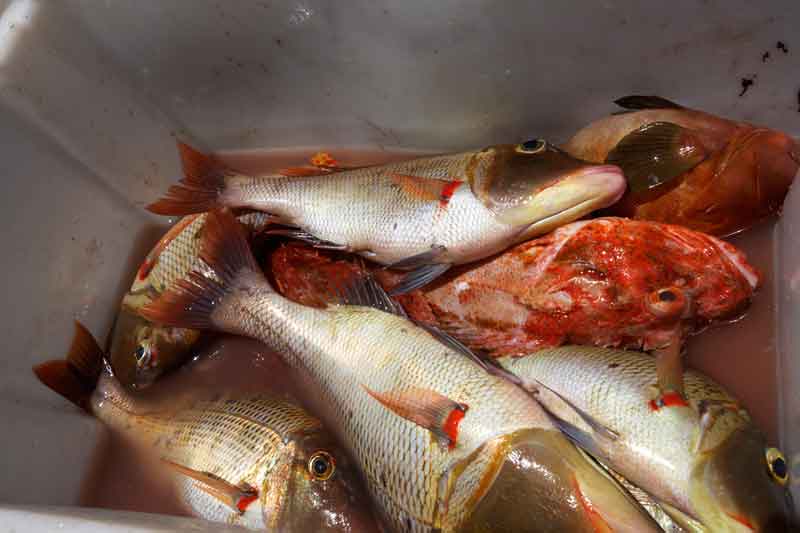
Fishing is known as ‘catching’ because a few hours at sea yields tens of kilos of succulent Sweet Lip (Trumpeter to the locals), Yellowfin Tuna, Wahoo or Great Southern Marlin.
With no bag limits, the World of Norfolk is up there as one of the world’s top spots to fish.
Any hotel on the island that has a restaurant will be only too happy to cook up the fresh catch. Don’t miss the sunset cliff-top fish fry at Puppy’s Point.
It’s a fun ritual of feasting, singing and Tahitian dancing for the whole family.
7- Eat banana dumplings
Traditional recipes inherited from British mutineer forefathers and their Tahitian wives dish up scrumptious flavours of the South Pacific with a uniquely English twist.
Bananas, or plun in the local Norf’k language, grow in abundance.
Try banana dumplings or mudda, made by boiling grated green banana in coconut milk, banana fritters, made by cooking grated green bananas in a pan, and banana pilhai, a moist slice cooked using ripe fruit combined with flour and a pinch of salt, then slow-baked in banana leaf.
Banana dishes are served at smorgasbords, cafes, restaurants and at progressive dinner tours where friendly locals welcome visitors into their homes for a home-cooked meal.
8- Explore Phillip Island
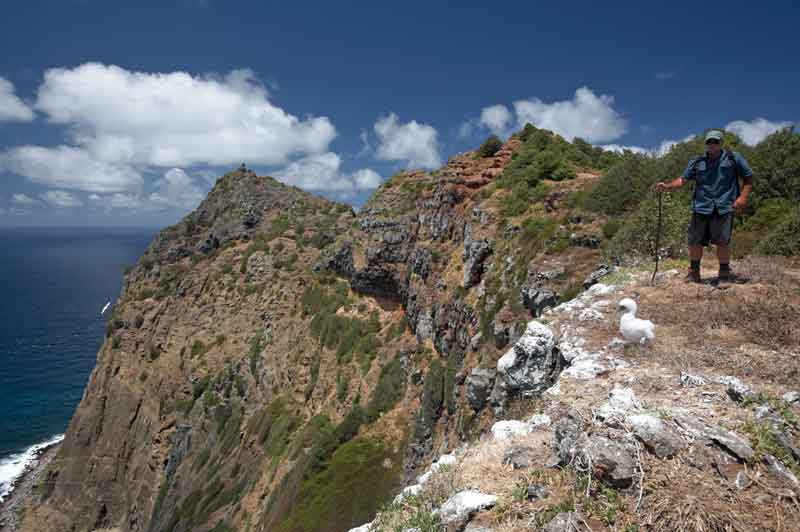
Phillip Island is a reddish mass of land six kilometres south of Norfolk Island and part of Norfolk Island National Park (managed by Parks Australia).
At Kingston pier, you board a motorboat that is lowered alongside the pier using an old truck, ropes and a pulley-hoist system.
Pulleys and winches have been a way of life since the Pitcairn Islanders first arrived and disembarking at Phillip Island is also rather exciting. You climb out of the boat onto moss-covered rocks.
With the brilliant aquamarine ocean, rocky islets and soaring cliffs, Phillip Island looks like it could be somewhere in the Mediterranean.
Past the fisherman’s shack, which is half-hidden by rocks, you climb the cliff using ropes and steps hewn into the cliff face.
It’s a little tough going at first but the steep sections flatten out into easy hiking stretches, followed by sections of uphill trekking.
The entire hike is doable for anyone with an average level of fitness.
Along the way, you’ll see masked boobys, petrels and Australian gannets nesting among the cliffs.
Chicks hide behind low-lying shrubs.
14 species of seabirds breed on the island, along with two unique and threatened reptiles, a skink and a gecko, and an endemic giant centipede that can grow to over 15cm long.
The island was grazed intensively by goats, pigs and rabbits (brought to Phillip Island by the British when Norfolk Island was a penal colony).
The only salvation from overgrazing is the barren volcanic rock is a spectacular sight, a rainbow of pink, orange and purple hues.
The last rabbit was removed from the island about 20 years ago and local volunteers and national park staff have been weeding and re-seeding the island with Norfolk pines and Phillip Island Hibiscus.
From the highest point on Phillip Island, gaze back at Norfolk Island and marvel at how this green Garden of Eden has flourished in the South Pacific.
Norfolk Island Restaurants
From Tahitian kingfish marinated in coconut milk to woodfired pizza with blue swimmer crab, king prawns and olive tapenade, the island’s chefs know how to make the most of the World of Norfolk’s abundant resources. Menus are surprisingly innovative and always delicious.
Dino’s at Bumboras
Book a table at Dino’s at Bumboras and dine in a charming historic Norfolk pine homestead built on land granted to mutiny descendant William Adams in 1875.
Like most restaurants here, Dino’s is full of character.
Home-made pasta is lovingly prepared with free range eggs and fresh herbs.
Served with local veal and locally grown mushrooms, it’s just one example of the World of Norfolk’s fresh and tasty fare.
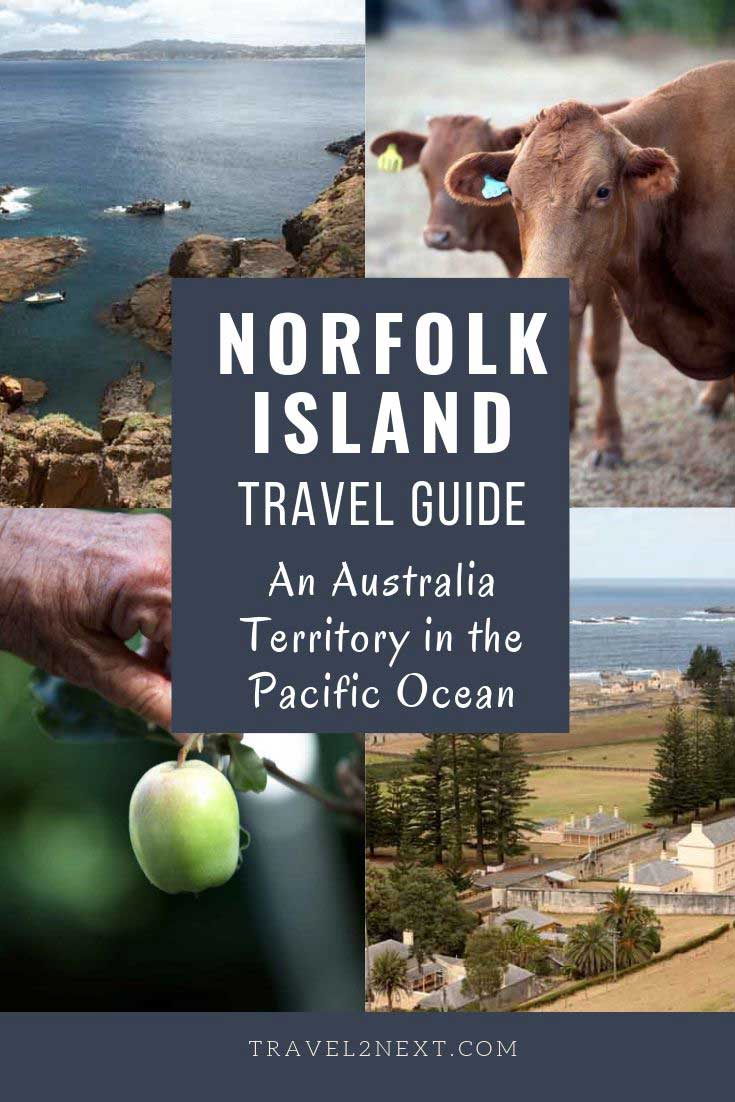
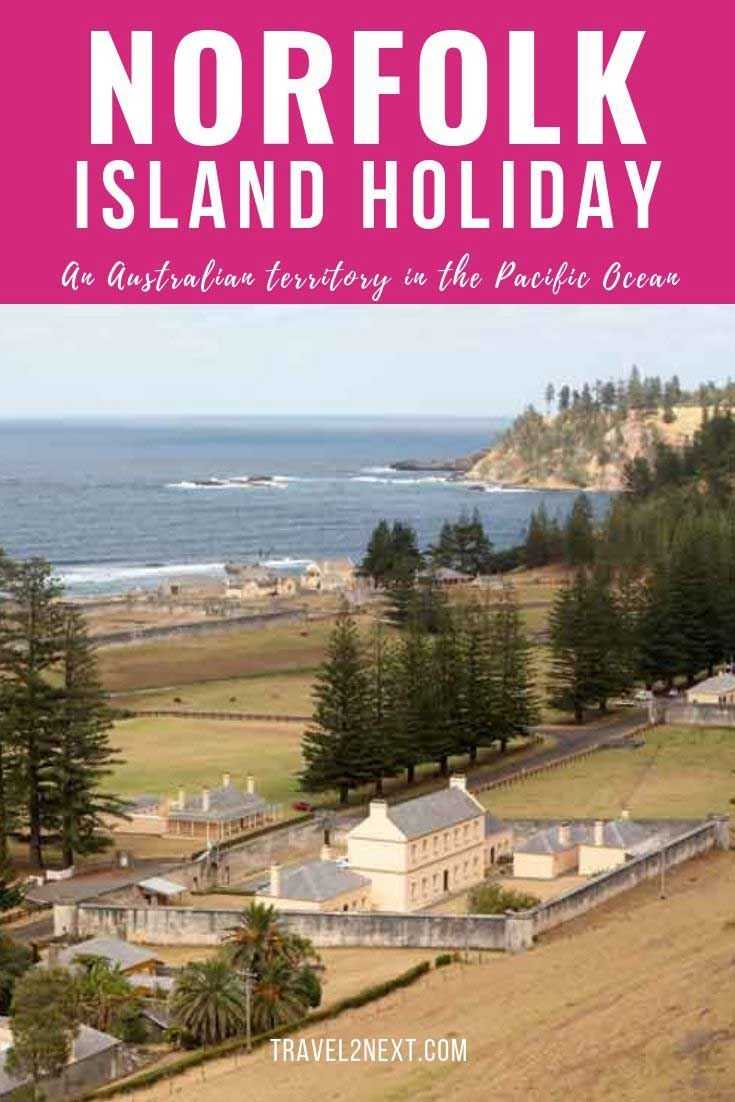
Plan Your Trip

Rent A Car – Find the best car rental rates at Discover Cars. They compare car hire companies to provide you with the best deal right now.

Find A Hotel – If you’re curious about this article and are looking for somewhere to stay, take a look at these amazing hotels.
